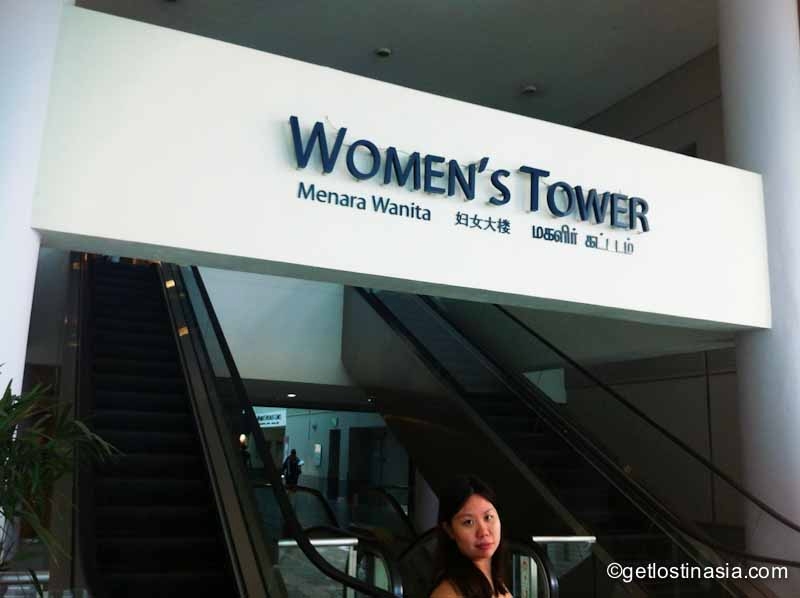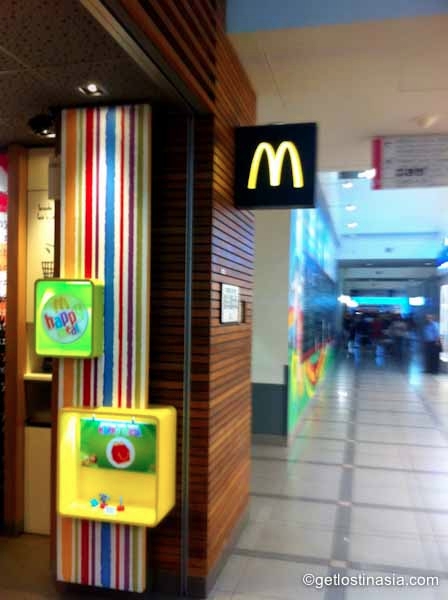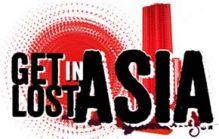
My wedding in Singapore was quite simple, both in procedure and ceremony. You must be in the country for at least 15 days before presenting your passport and completing the forms.
Will follow a bun in the oven. we don’t try like many Chinese Singaporeans to conceive a baby Dragon that would have brought us luck. In fact, the Chinese are very superstitious, they always find something to try to get lucky. the 11 11 2011 figures, the moon and many things may become a pretext to bring good luck.
Have a child in Singapore.
After my wife thought that she might be pregnant, she bought all the pregnancy tests available in the local pharmacies, from the simple plastic model to the top LCD model. All positive! We went to the doctor in a private clinic to confirm the test. We then repeated the experiment for some visits before delivery. Rates are similar to the public network. In fact, Singapore Health Services are available with several options and price brackets. Public services are less expensive, but you can expect a little more waiting. You could make the comparison between raw infrastructure services to that of a private luxury 5-star international hotel.
the dance of names, I always thought we had find one name till my wife comes up with new proposals, believe me it is not as easy as you might think. By cons, choose a movie at the video store is an exercise rather fun and less engaging.
Nobody can accuse me of not helping my host country to keep its birth rate. The birth rate in Singapore is a disaster. Singapore shares the lowest birth rates worldwide with Japan and Monaco with 7 births per 1000 inhabitants. Niger has the lead with a rate of 50, the Philippines and Laos are second with 26, and both Asia and the United States are in the middle with 14 in 1000.
Singapore health system is a ingenious model.
I have to explain the financing of the health system in Singapore because it is unique. Without being totally free, access to health services is universal and guaranteed. The government has introduced an ingenious compulsory saving plan for all employees, and a matching grant from the State can offer care at a reasonable cost to the poor. In this way, the rich can choose from public hospitals and have a private or semi-private room but with the same quality of care. More beneficiaries are rich, so they have more options, but they will all hit the invoice. The system of health care financing in Singapore operates on a system called the three "M".
That is to say, the three health care plans overseen and appointed by the government: Medisave, Medishield and Medifund.
is a compulsory health savings account managed by the state, which covers about 85% of the population. It is a component of the mandatory pension program called CPF. It automatically pays employees 20% of their salary and employers 13% to be deposited in a bank account created for this purpose. Then, the money is distributed into different accounts for each worker; one account is for the pension fund and the other is for Medisave. The Medisave can be used to pay medical expenses, beneficiaries, or relatives. While this helps to manage their healthcare savings, families are ultimately responsible for the sound management of their health and their Medisave accounts. The goal is to completely cover the costs of healthcare regarding most patients in public hospitals. The remaining costs must be funded even if through the patient’s pocket, private insurance, or additional Medishield.
is a national insurance plan with high deductibles and low prices that cover the high costs of illness, accidents, or serious catastrophes. Singaporeans also have the choice of several similar types of private insurance. All insurance premiums can be paid from Medisave.
The third component is a fund to assist the needy and covers those who are not covered under Medisave and who cannot afford to pay their medical expenses. Access to Medifund is geared toward ensuring that timely aid goes only to those who really need it, and it covers basic care in public hospitals. This is the safety net provided by the state to ensure that nobody is left without access to health care.
Care delivery.
In Singapore, 80% of primary care is provided by clinics and private practitioners, and 20% is provided by government polyclinics. In contrast, treatment requiring hospitalization is delivered to 80% of hospitals and 20% private practice. This is a practice that ensures universal access to health care.

Our experience in hospitals in Singapore
Our experience has been very positive on the whole. The mother child hospital KK is a modern building that offers all services under one roof. Everything is well organized, and you are a long way from waiting alone in a dark corridor. Everything is well thought out and functional, such as the underground parking where a valet parks you car free of charge. . My wife opted for the private cozy and comfortable room. She could have chosen to share a room with two or four other future mothers for a more affordable price. They do not allow the spouse to remain with the mother throughout the birthing process.
The luxurious private rooms and other features of the hospital wing facilities are worthy of a resort hotel. The bathroom is a good size and offers a comfortable couch where Dad could sleep or log into his laptop through the wireless network access. Cable TV also broadcasts private documentaries and information channels related to maternity, such as breastfeeding and baby hygiene. This type of service has a price of approximately $400.00 per night. My wife presented a deposit of about $ 2,000 in order to book our place the week before the big day.

The doctor decided to schedule us for August 13th in the morning; it would be the best of all worlds to have the baby vaginally during the evening. Nature does not always like being jostled; the conditions were not conducive to the birth so we waited overnight. In the morning, we went into the preparation chamber and waited the entire day. They suggested that we proceed by cesarean section, and my wife agreed. We added an epidural to prevent pain. At 7:30 p.m., she was transferred to the operating room. I had to wait alone in the corridor with a family of eight Indians eating prepared food in their plastic containers. The minutes seemed endless; each time the door opened I thought it was for me. A few minutes later, they called my name. I was told to come to the last door at the end of hallway. I opened the door to see this beautiful, pink, and healthy baby; wow, what a memorable welcome to earth Miss Li-ann Grace!

After that, I’m back in the room. They brought our little girl that they have placed on a pram rolling around us. Nurses take care of the baby changing and feeding. The next day, a manager spent 20 minutes telling us about breastfeeding, baby care, government programs, and medical follow-up. There were so many professionals visiting, that it was a little annoying. We were given two large bags of promotional products of all kinds, diapers, shampoo, magazines and school pamphlets. It is commercial, but it’s free
The hospital has all the facilities of a shopping center, ATM, McDonalds, bakery, a pharmacy, and a huge « food court » to eat healthy at a popular price. There is also a bunch of community and government services. In the hospital, I could do the paperwork for the birth in just 10 minutes. The guy at the counter (probably an Indian Singaporean) showed me a Chinese sign, and he said, that’s my name in Chinese. » I could not tell you what it meant; hopefully it doesn’t mean brooms!

We went to open a savings account for the baby with a designated bank, which had an attendant on site. He was happy to help us fill out the paperwork. The government will double the same amount we deposit next month up to a maximum of 6000 $2 for the first child and $12,000 for the third and fourth children for a length of 12 years after his birth. You can then use this money for all of the baby’s expenses, such as the doctor and school. After 12 years, you can still deposit and use the money for post-secondary education for your children. This is a shared responsibility program between citizens and the government regarding the future of our children.
OCBC http://www.ocbc.com.sg/personal-banking/Accounts/Child-Development-Account.html
Unfortunately, before leaving the hospital, we needed to take care of the bill that was incurred due to the epidural, one more day of stay, and the cesarean section. Despite our deposit, Medisave, and my wife’s deductions, we still had to pay a balance. The hospital attendant exclaimed: “it’s only $1800,” what! I could have murdered him. Are you a millionaire cashier? He was probably not, because he worked here. I should have made a nice long face to give him some qualitative feedback. It always hurts to put your hand in your pocket.
The system is not perfect, but it provides us with options within our budget; the government supports and helps those people less fortunate. It is quality care within a modern infrastructure, and it never makes you wait on a stretcher in the corridor for 5 minutes.
The health care system of Singapore has the merit of being well funded and effectively empowering its citizens by putting them in charge of the health budget. The baby is healthy. We are not in debt, and we are helping to build a background for our child’s studies and future needs.






POST A COMMENT.
Vous devez vous connecter pour publier un commentaire.